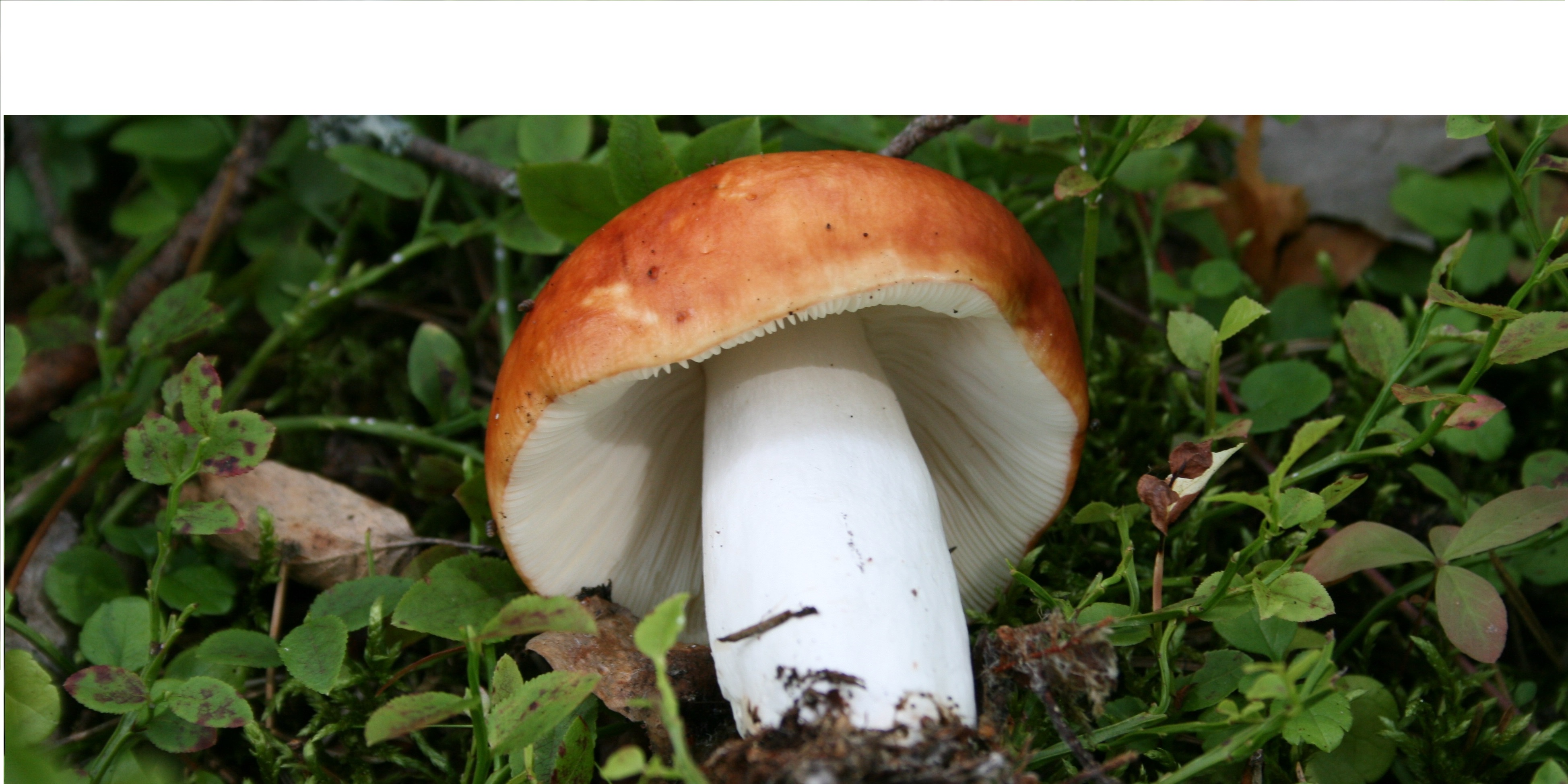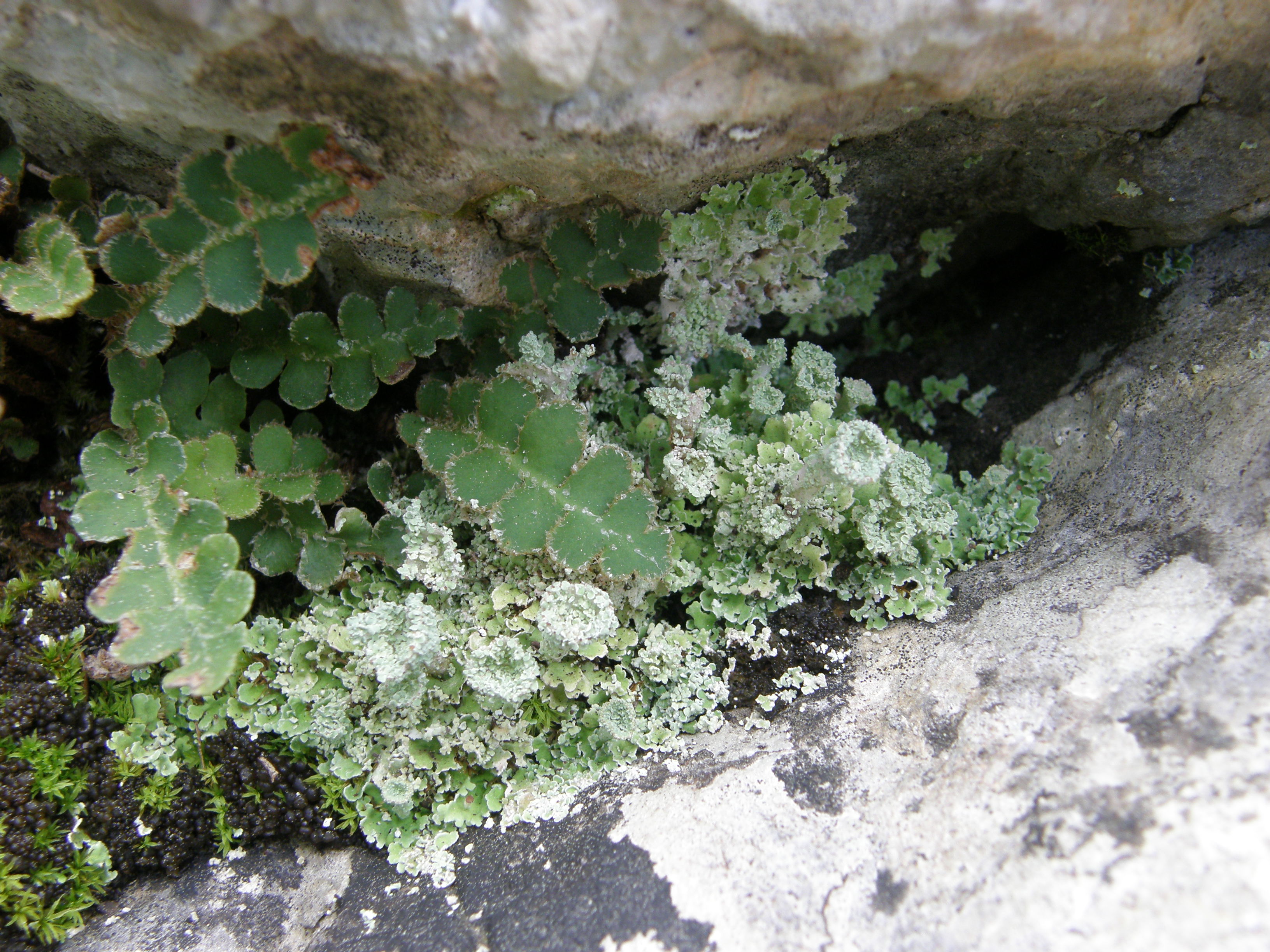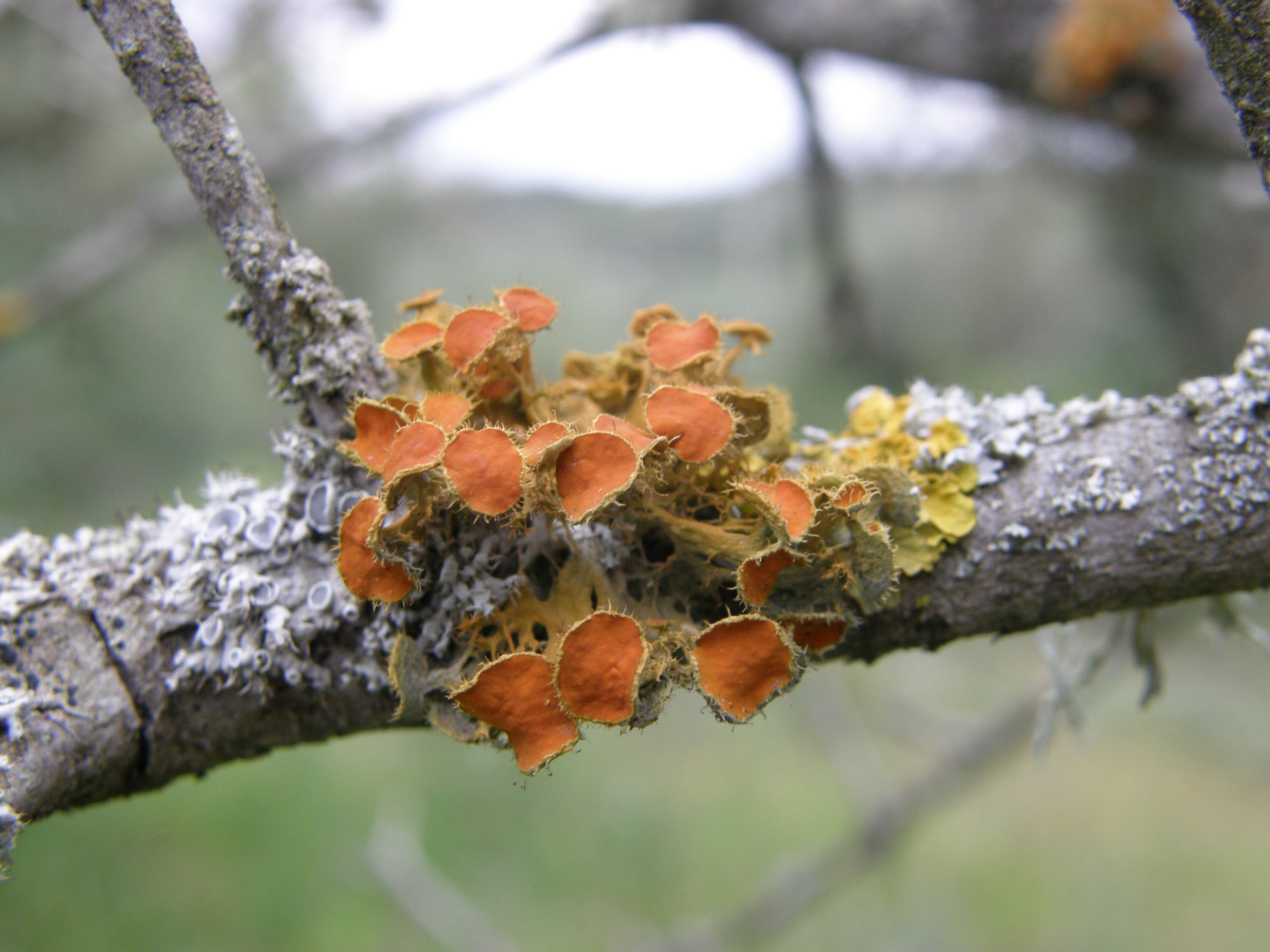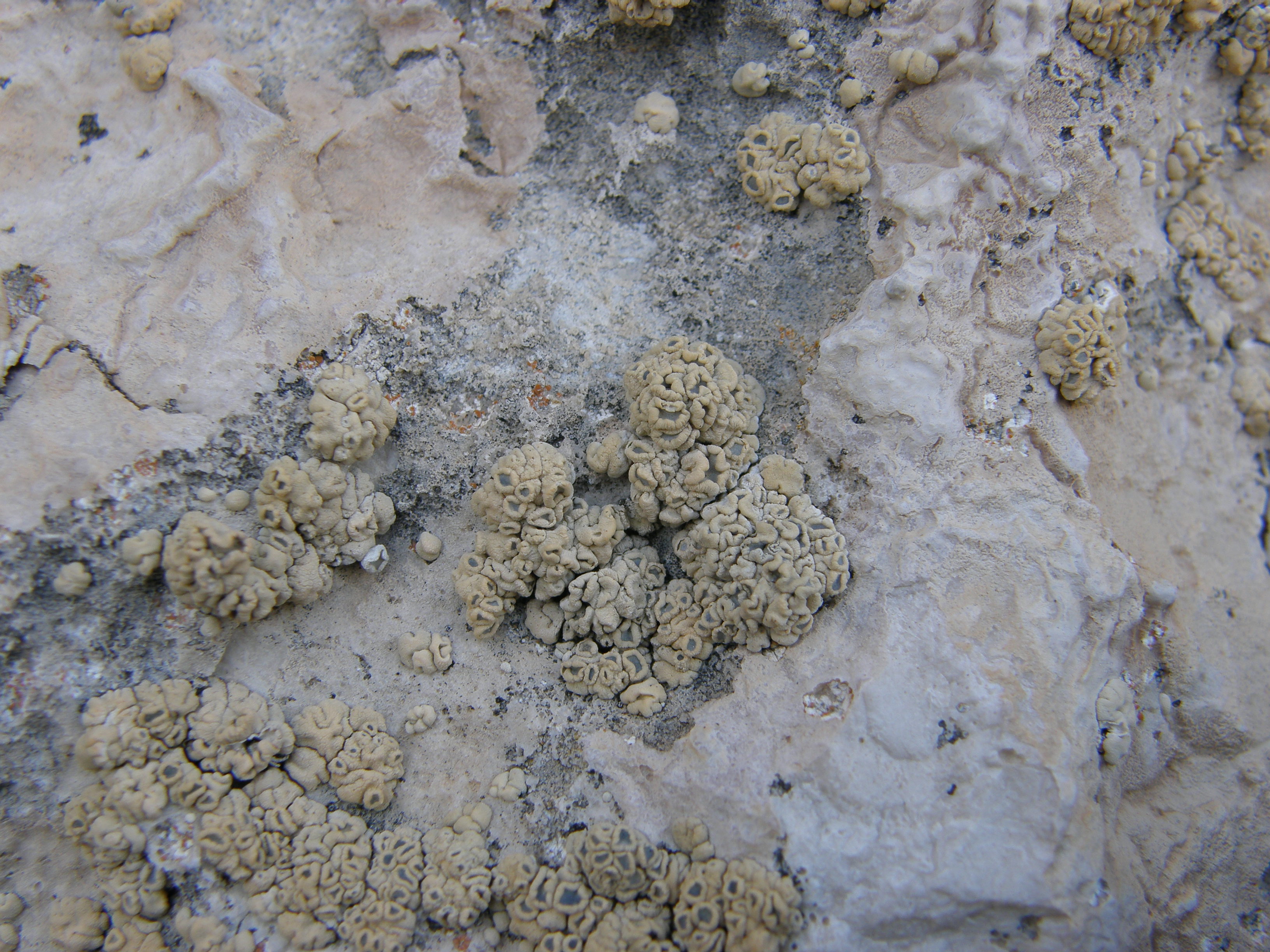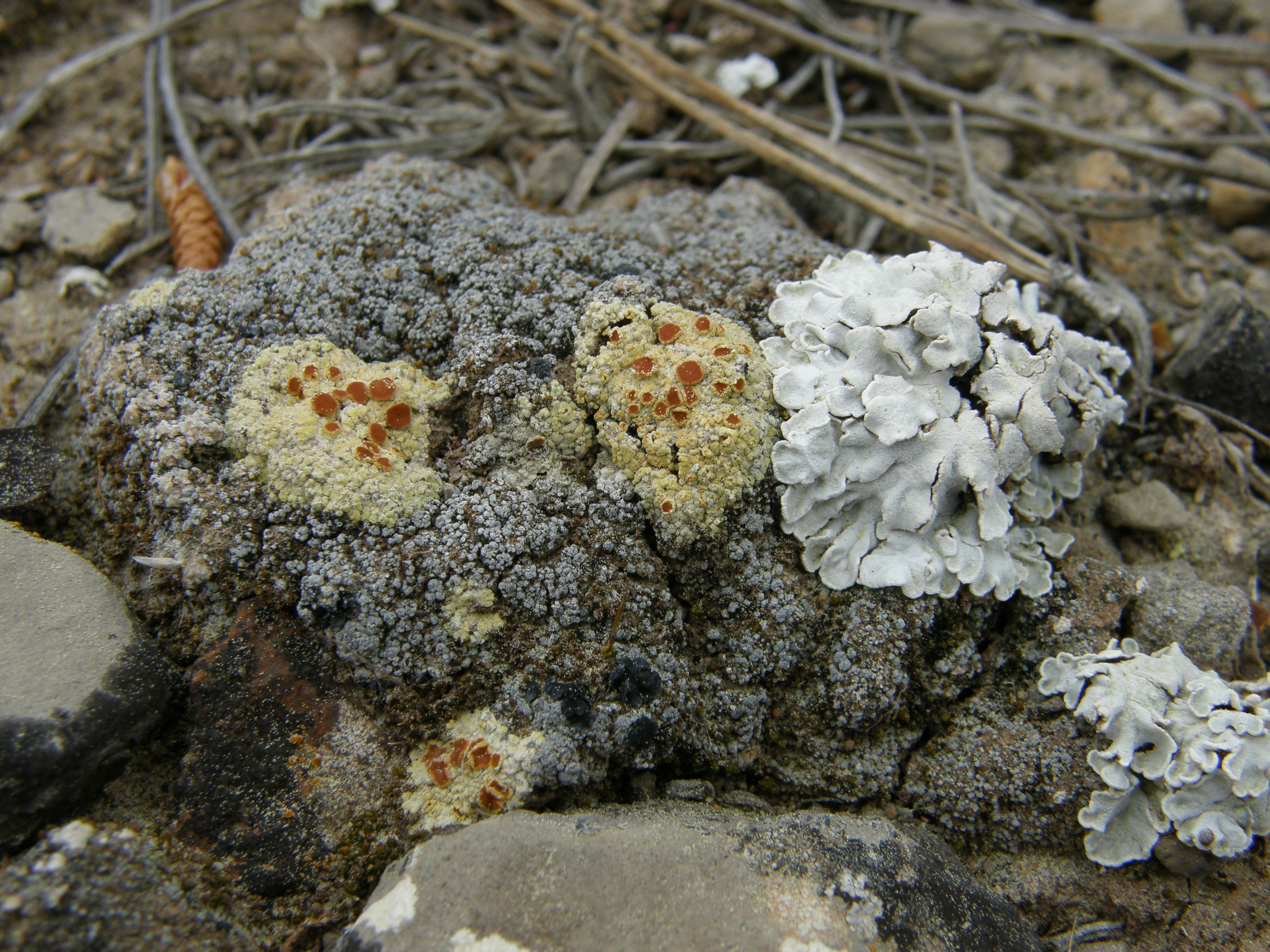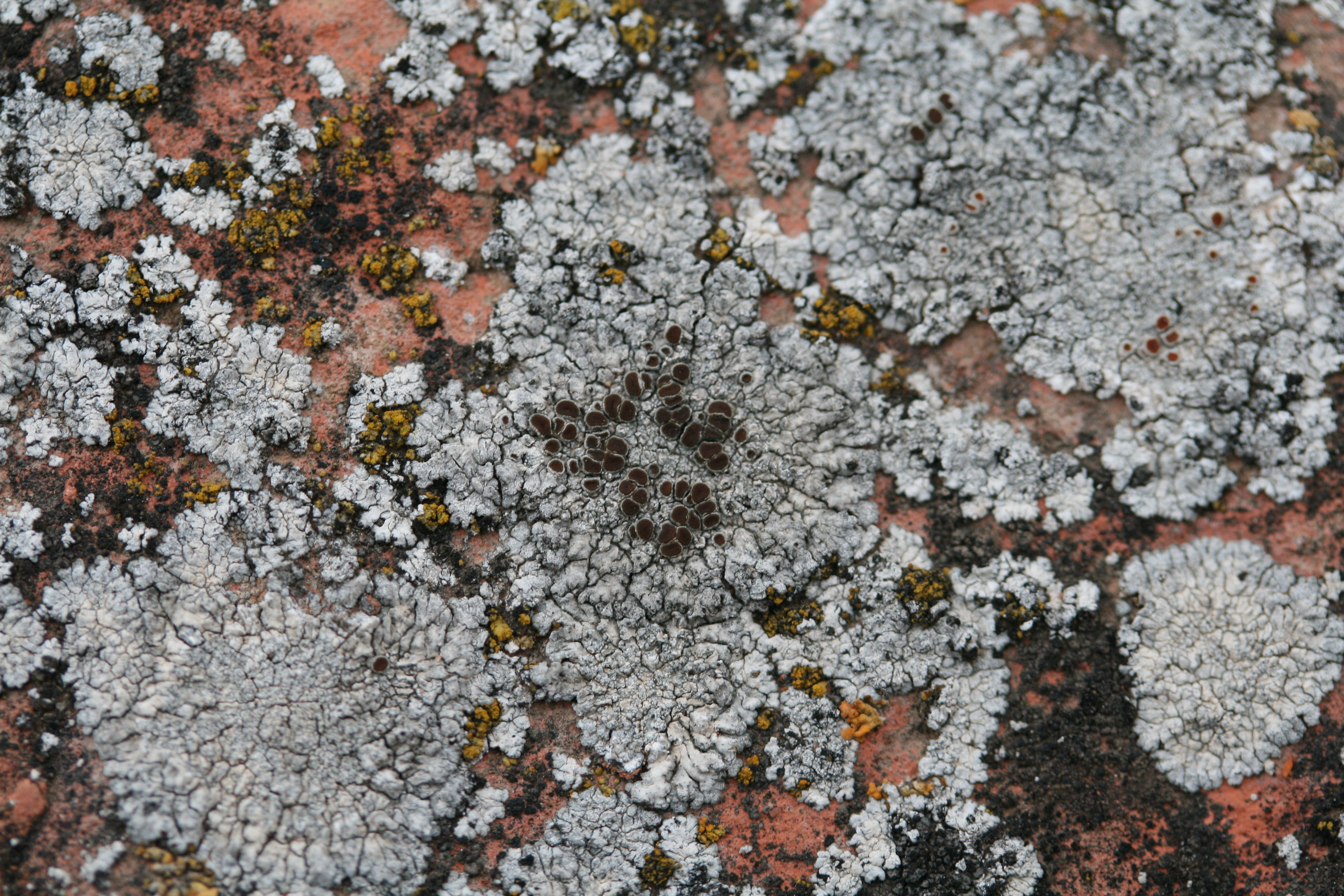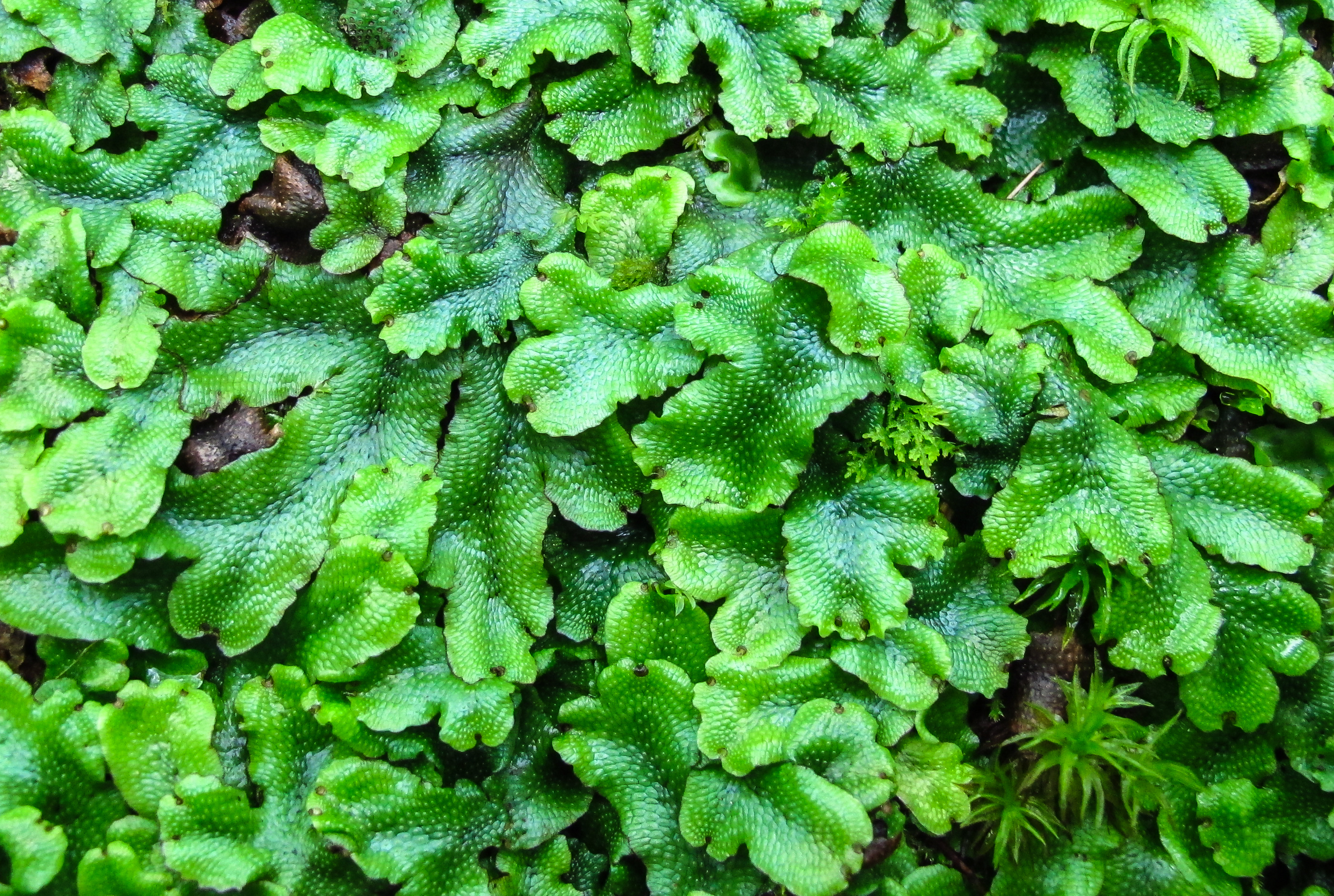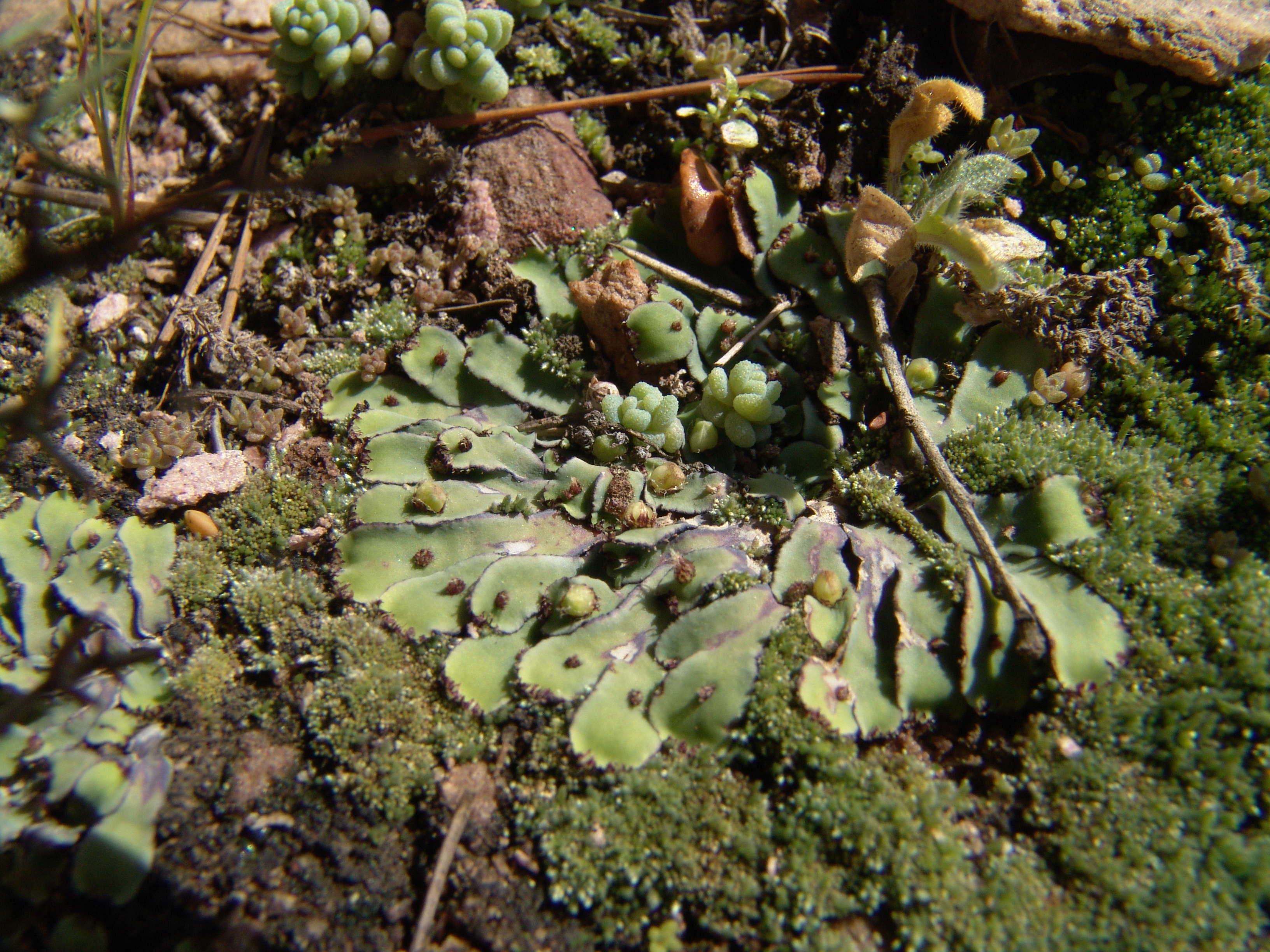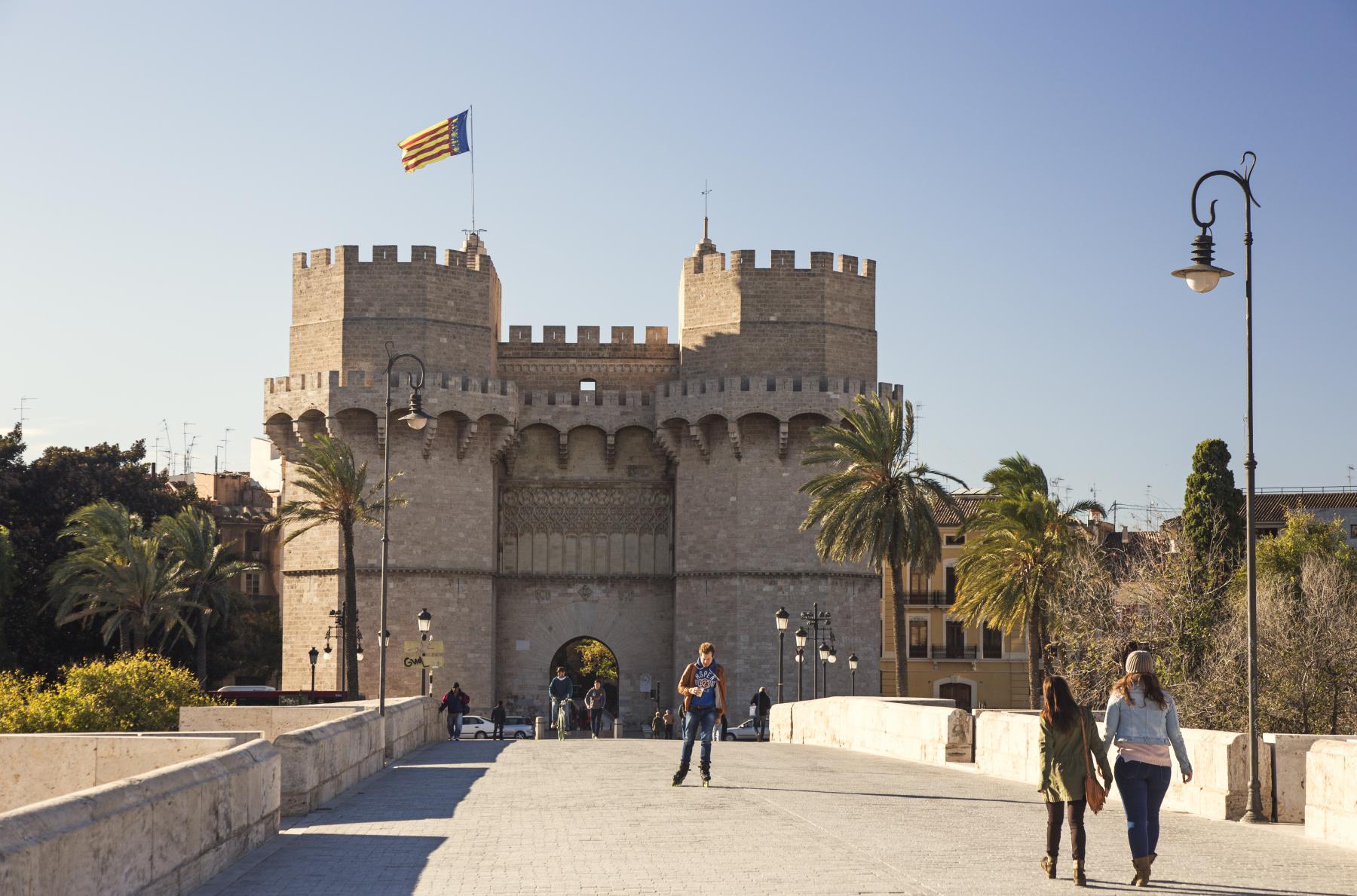XXIII International Symposium of Cryptogamic Botany
 Social programme
Social programme
|
|
Wednesday 20 July Guided tour of the historic center of Valencia and welcome cocktail at the Jardín Botánico de la Universitat de València Strolling around its streets is a complete pleasure. El Carmen neighbourhood embraces you with its maze-like streets full of history, palaces, legends and leisure. Visit Torres de Quart and Miguelete to take in the spectacular views. Sit in Plaza del Negrito and have an Agua de Valencia, a typical Valencian cocktail, then continue your walk down Calle Caballeros and you will see how El Carmen will charm you bit by bit. Once it has, it will be one of the loves of your lives. For sure. More info here |
|||
 |
Thursday 21 July Simposium Dinner at the Jardín Botánico de la Universitat de València The Botanical Garden of the University of Valencia is a living museum located in the historical centre of the city which is open to the public and aims to let people connect with the plant world by fostering its study, teaching, dissemination and conservation, as well as its sustainable use. Among other objectives, the Garden maintains a scientific collection of live plants, preserving a historic legacy of continuous cultivation, which includes monumental trees and historical buildings. Furthermore, it has the responsibility of maintaining the tradition of botanical gardens in Valencia, which date back to the 16th Century, when the university created a physics garden for the purpose of teaching medicine. More info here |
|||
|
|
Saturday 23 July Field trip to the Penyagolosa Natural Park Penyagolosa guide here
On this trip, we will get to know the natural park that surrounds Penyagolosa (Castellón), an emblematic place with the highest peak reaching 1814 m. in the Valencian province. From a bird's eye view, the area is located just 50 km from the sea, between the municipalities of Vistabella del Maestrat to the north, Chodos to the east, Villahermosa del Río to the south and Puertomingalvo (Teruel) to the west.
Download here |
